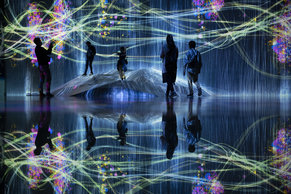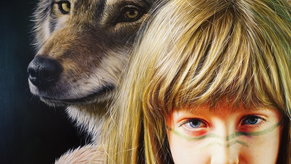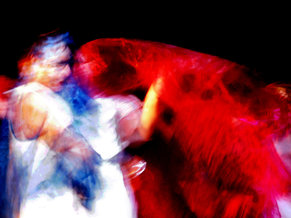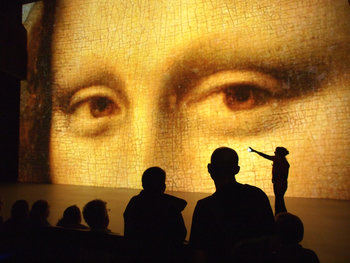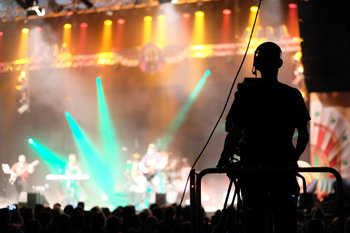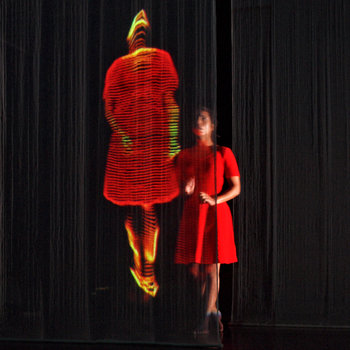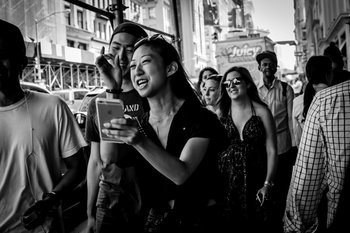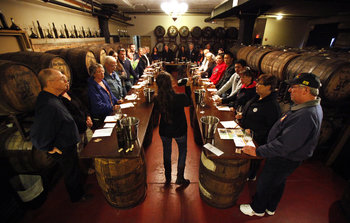
Augmented reality | CDs and DVDs |
Chat | Digital advertising |
Digital art | Digital billboards |
Digital documents | Digital films |
Digital magazines | Digital music |
Digital photographs | Digital radio |
Digital tickets | Digital videos |
Direct messages | Ebooks |
Email | Ephemeral messaging |
Instant messages | Livestreaming |
Microblogs | Mobile apps |
Online forums | Podcasts |
Social media | Streaming music |
Streaming video | Text messages |
Video games | Virtual reality |
Voicemail | Websites |
Audio
Audio such as a music file or streaming music service. These can be based on lossy formats such as MP4 that are lower quality than the original recordings due to compression. Alternatively, digital audio can be based on lossless formats such as FLAC that potentially have the same level of quality as the production master.Video
Video that is recorded, stored and transmitted in a digital format. Consumer devices such as mobile phones produce reasonably small files that can be shared and played in the source format. Films and other high quality video media are produced using digital formats that are compressed but are still very large files that include copious metadata. As such, these formats are transcoded to a smaller format such as MPEG-4 for distribution to audiences.Digital Publishing
Publishing such as books, magazines and newspapers that are distributed in electronic formats such as ebooks, mobile apps and web sites.Information
Publication of knowledge, information and data in electronic formats such as documents, mobile apps and websites.Photos
Digital photos that are captured, stored and shared in a digital format. Extremely high resolution images such as professional scans of artworks can be many gigabytes in size and difficult to distribute. Consumer and professional models of digital cameras mostly produce images that can be distributed in the source format.Holograms
Three dimensional holographic images, video and related experiences. For example, a theme park that uses digital holograms in a haunted house to simulate the presence of ghosts.Social Media
Online communities that allow people to post and comment on media.Advertising
Digital advertising is commonly bought and sold on digital exchanges for placement into digital media such as billboards, mobile apps and web sites.Broadcast
Broadcast media such as television and radio that is delivered with digital technologies such as streaming media.Interactive Media
Any media that allows users to take part. For example, a choose-your-own-adventure television show that allows audiences to navigate the story in dynamic ways.Immersive Experiences
Immersive experiences that surround an individual to make them feel a part of it. For example, a museum exhibit that simulates walking on the surface of an alien planet using digital technologies.Virtual Reality
Explorable environments that are digitally generated such as a game or simulation.Augmented Reality
Augmented reality is the integration of virtual and real world environments. For example, a meeting that uses a digital twin of a jet engine to discuss an engineering design problem.Digital Art
Art based on digital technologies such as installation art that captures an abstract concept with an immersive experience.Types
The following are common types of digital media: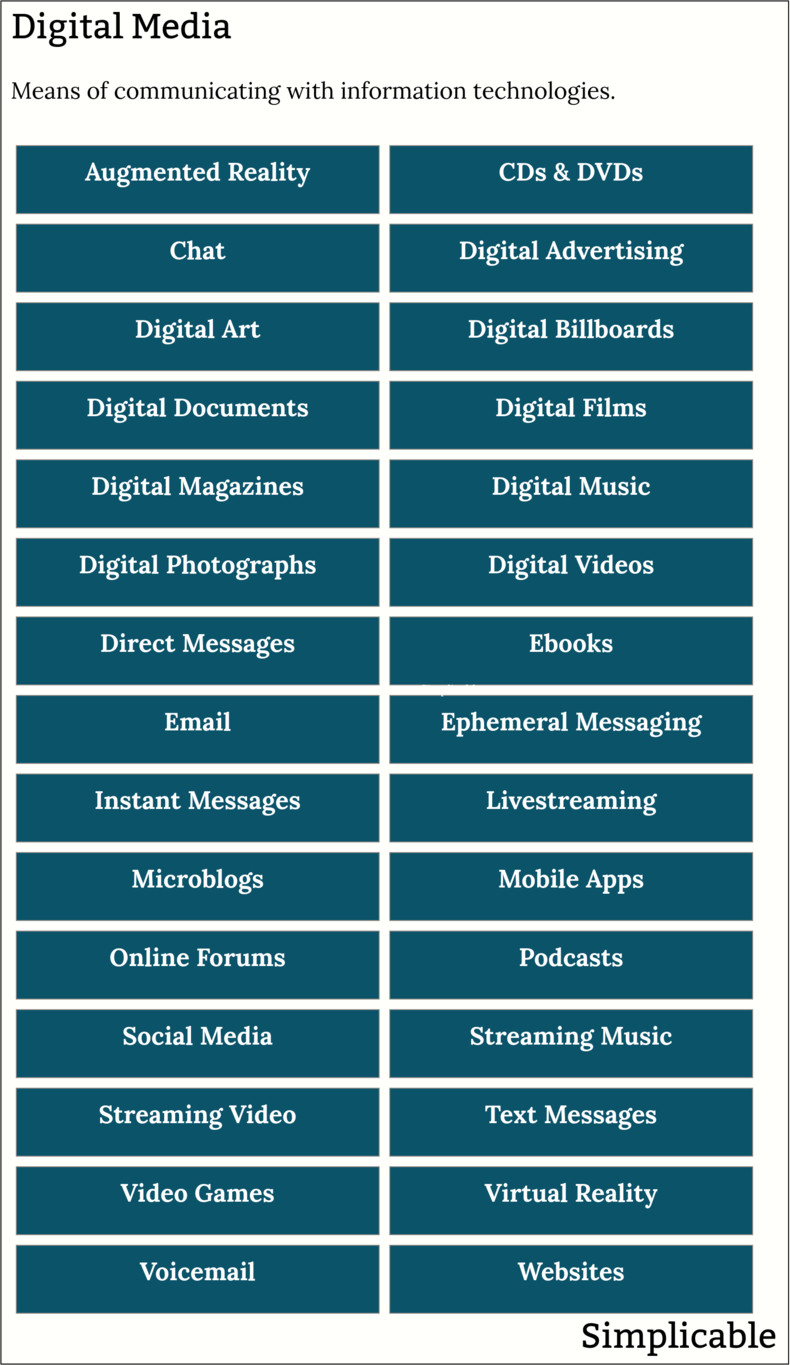
Summary
Digital media often allows for broad participation whereby anyone can publish out to the world. This has greatly transformed societies, cultures and industries.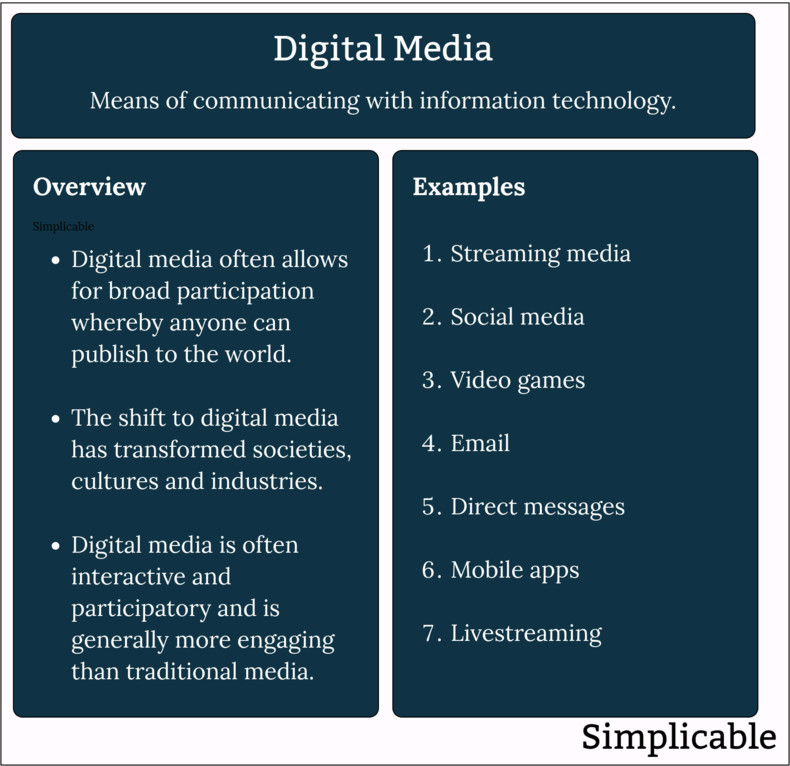
| Overview: Digital Media | ||
Type | ||
Definition | Communication based on digital data. | |
Related Concepts | ||


